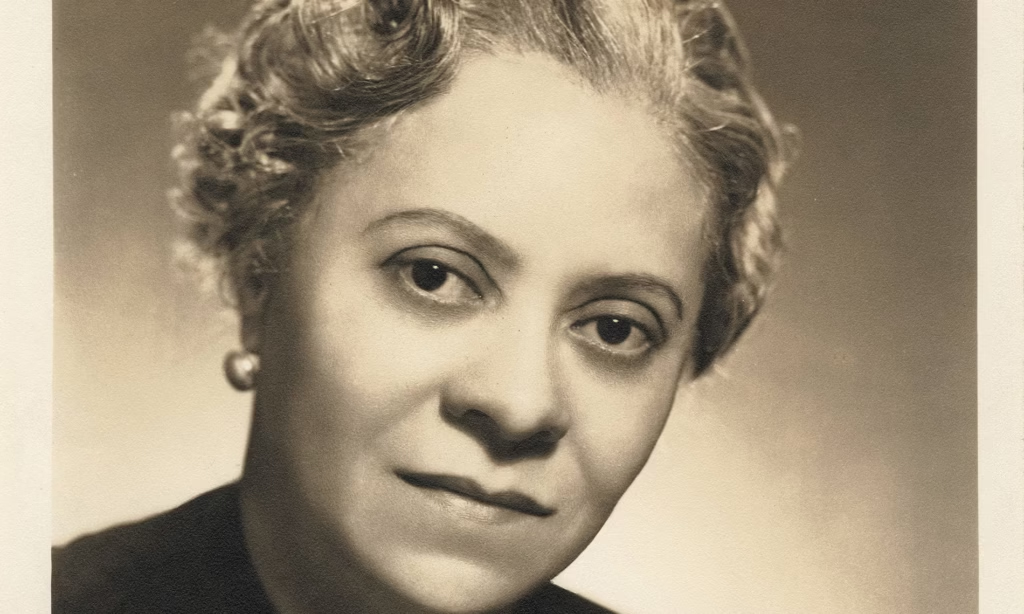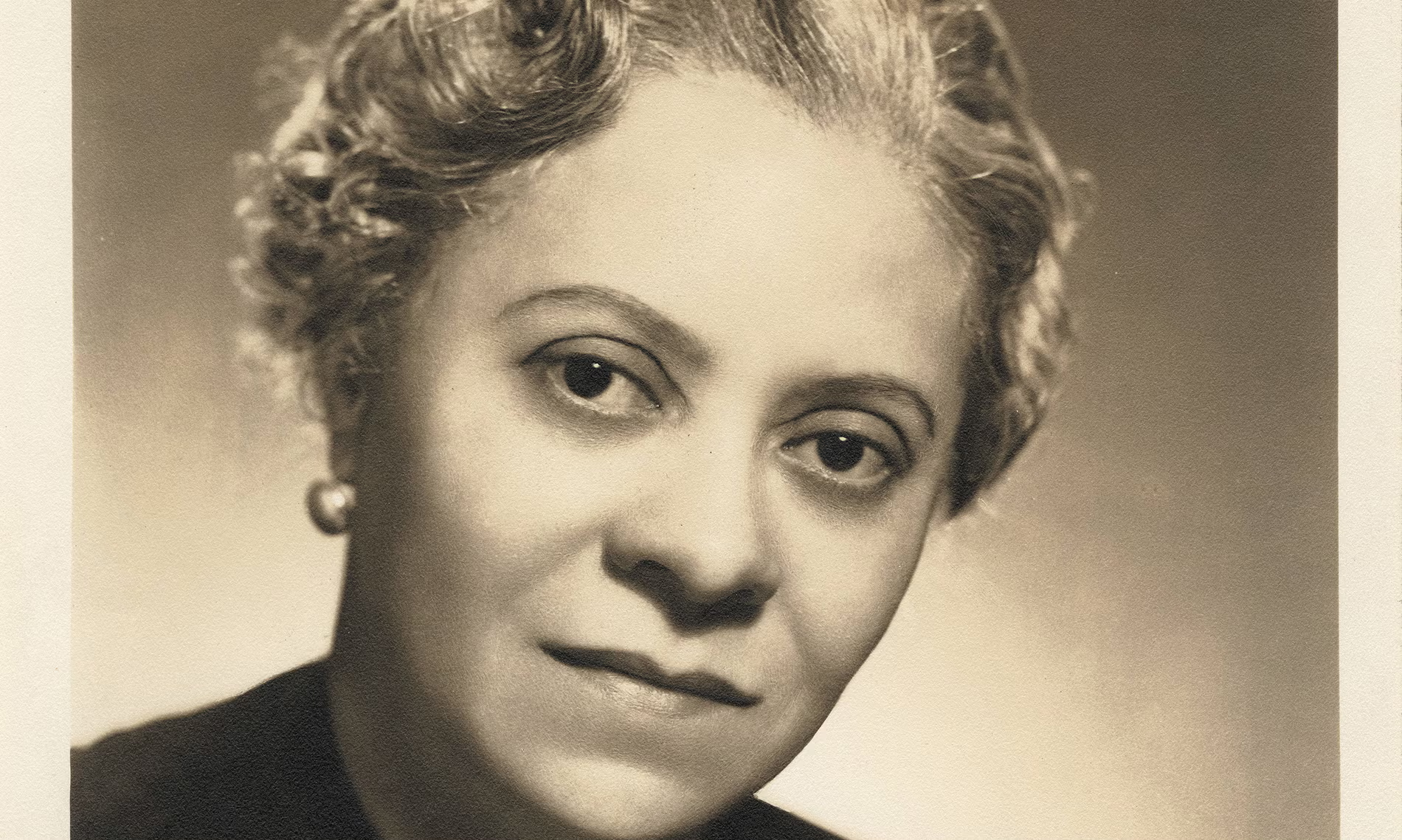Florence Price’s Piano Quintet in A minor—a work penned in the mid-1930s but lost to time until a 2009 rediscovery—continues to reveal new depths with each performance. First recorded just a few years ago by the Kaleidoscope Chamber Collective, the piece now gets a bold new interpretation from chamber heavyweights the Takács Quartet and pianist Marc-André Hamelin. Their take places Price’s quintet in closer dialogue with the European classical tradition, particularly Dvořák, whose own Quintet in A major makes a fitting companion on this release.

One of the most striking contrasts appears in the third movement, a juba dance—a nod to the syncopated rhythms of plantation music, a hallmark of Price’s symphonic writing. While Kaleidoscope leans into its ragtime edges, turning it into a playful stomp, Hamelin and the Takács approach it with a lighter touch. It’s nimble, effervescent, and subtly jazzy, revealing a new facet of the dance’s character. Rather than highlighting the work’s novelty, their interpretation allows the quintet to breathe more freely, less burdened by the weight of its own cultural context.
That openness extends to the entire recording. Where earlier performances might frame Price’s music through a lens of rediscovery or reclamation, Hamelin and the Takács let it stand confidently on its own terms—detailed, vibrant, and structurally elegant. Dvořák’s Quintet No. 2 in A major, written in 1887—the same year Price was born—completes the program with a warm, expressive performance. Long before his immersion in Black American music, Dvořák was already blending folk vitality with classical form, and the connection feels organic here. The ensemble finds a balance between fire and finesse, linking two composers across time and geography through shared lyricism and rhythmic flair.







Leave a Reply